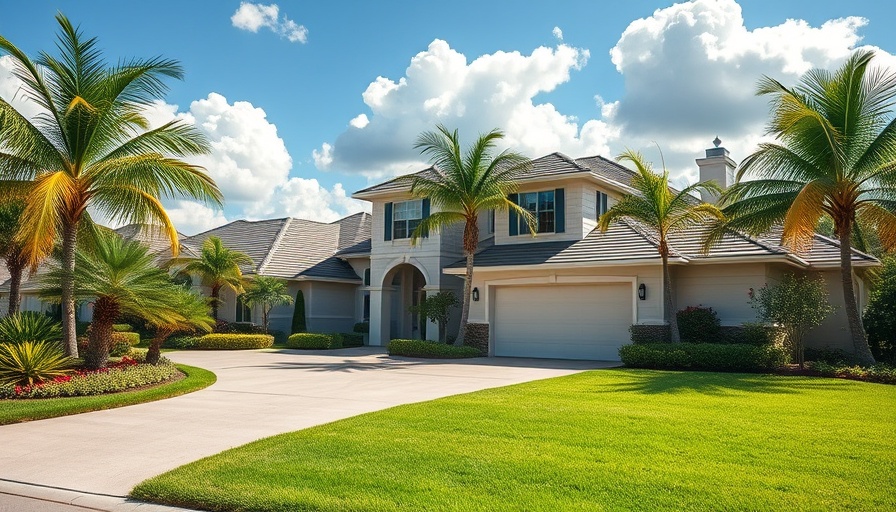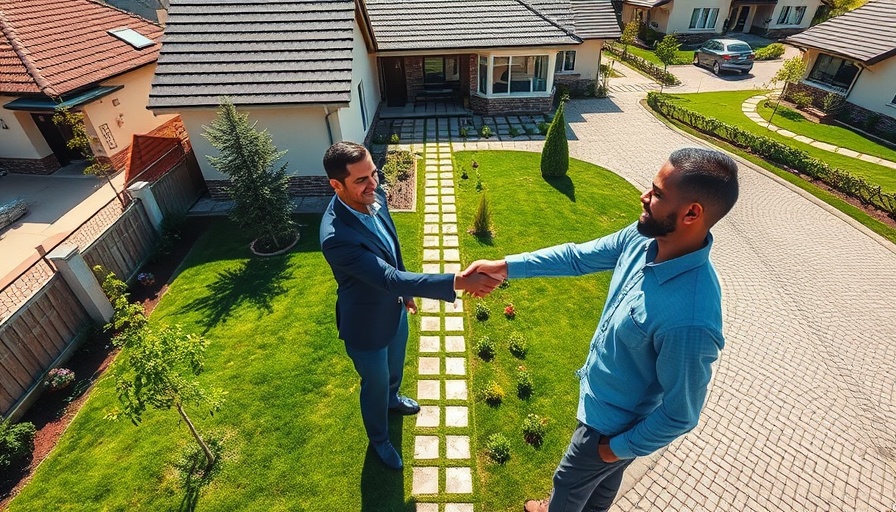
Transforming Neighborhoods: The Rise of Community-Centric Living
The concept of community-centric living is reshaping our neighborhoods, reflecting a fundamental shift in how individuals and families evaluate their living environments. As more Australians seek homeownership, the focus has moved beyond mere square footage to encompass the lifestyle and connectivity their neighborhoods provide.
Enhanced Walkability: A Key Indicator of Liveability
Recent insights from experts, such as Sophie Pickett-Heaps from Stockland, show that walkability is one of the top considerations for homebuyers. Being able to stroll through leafy streets, visit local cafés, and engage in conversations with neighbors fosters health benefits and strengthens community connections. This phenomenon underlines the importance of designing neighborhoods where walking isn't merely an option but a delightful part of everyday life.
Elevated Liveability Through Thoughtful Amenities
Today's buyers prefer neighborhoods that provide rich amenities, influencing their decision to purchase. According to REA Group Senior Economist Anne Flaherty, there's a heightened focus on how the lifestyle offered by a neighborhood aligns with buyers' preferences. Modern communities incorporate wellness and fitness trails, welcoming parks, and social programs—all aimed at enhancing the quality of life while fostering connections amongst residents.
Activated Shared Spaces: Where Community Thrives
Shared spaces offer pivotal opportunities for community building. Whether it’s parks, libraries, or recreational centers, these spaces are designed to attract residents and encourage social interactions. Stockland's ongoing research highlights how critical these activated shared spaces are, revealing that they significantly enhance a neighborhood's appeal and create a genuine sense of belonging.
Sustainability: The Bedrock of Future Community Design
Community-centric design not only enhances liveability but is also intrinsically linked to sustainability. As developers prioritize eco-friendly practices, integrating green spaces and promoting energy-efficient amenities, they pave the way for resilient communities. Projects like those in the East River developments are exemplary—transforming industrial areas into vibrant, eco-conscious neighborhoods reinforces the synergy between modern living and environmental responsibility.
Conclusion: A Call for Thoughtful Development
These trends underscore the growing importance of community-centric design in urban planning. As more people crave enriched environments that facilitate connectivity and sustainability, it becomes crucial for developers to prioritize these elements in their projects. With such strong evidence pointing towards the benefits of community integration and thoughtful space planning, engaging with local communities during the design phases can lead to spaces where everyone feels that they truly belong.
 Add Row
Add Row  Add
Add 




Write A Comment